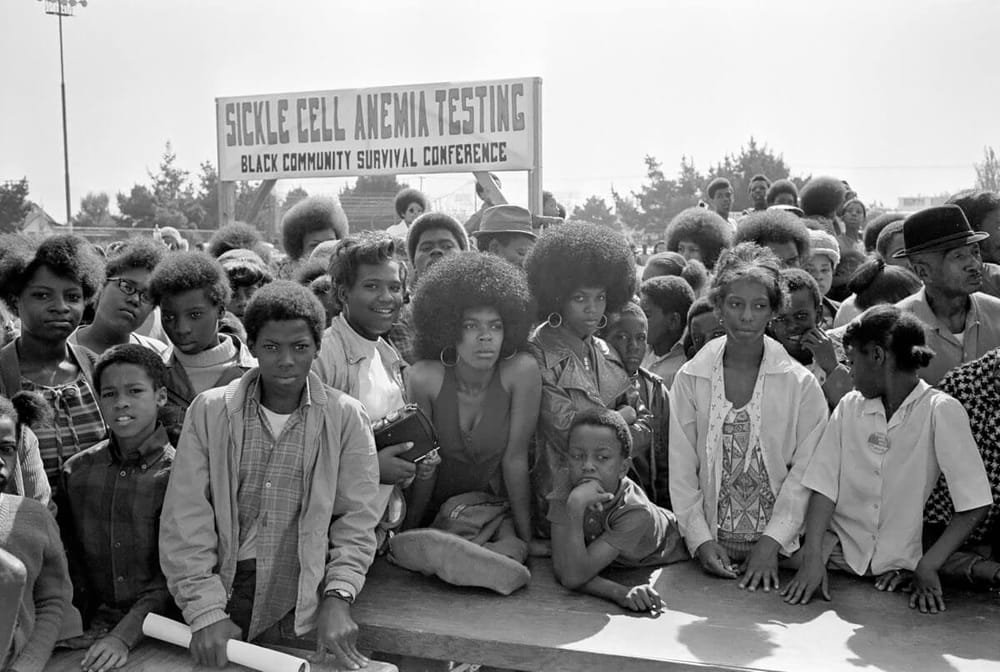Through trying to understand how social change is made, I’ve come to find myself a chronically frustrated student of the African population because this is the population that not only has my primary concern and attention but the one that I come into contact with most consistently. I can recall a time in my 11th year matriculating through the k-12 process when I wanted to go to a primarily white institution (PWI) to “study” white people. I had my eyes on Northwestern University. My principal got wind of this idea and immediately told me that I was going to an HBCU because if I went to a PWI, the white folks would hang me. This has exposed me to the reality that, not unlike other populations and contrary to what I believed in my younger youth, our people are incredibly diverse in terms of ideas, intentions, motivations, and tendencies. So many different variables, factors, and permutations that explain how and why African people act, think, and believe what we do; it is easy to become lost or to find one’s motivation waning in the ever-changing reality of our situation and equally as easy to fall into the mire of the dogma of “the science of revolution” that presumes to guide thought and produce “accurate” analysis.
In a sincere effort to better conceptualize the social change landscape we will try and parse through the myriad of common terminology; terms that are often conflated and used waywardly, as well as those that have accumulated various connotations. I intend to come to no immovable conclusions.
Within the population, I belong to a group that thinks that it concerns itself with questions and praxis of the survival and development of African people. For the sake of this line of thought, we will label this group – borrowing from Nelson Peery – as the “Conscious Revolutionaries.” This subset falls into a wider subset of people who consciously try to coordinate other portions of the general population of African people, albeit not always for intention or radical social change. We will call this wider subset “coordinators.” This wider subset of coordinators includes business people, all manner of “political” folks, educators, parents, and kwk. Conscious Revolutionaries also find themselves in need of coordination. There are constant attempts at coalitions, partnerships, solidarity statements, calls for mutual aid, and cooperation.
As far as I can tell, the Conscious Revolutionary social group is itself split between a portion of people that assert a material-determinist foundation of social development and those that assert a more physicalist-dynamistic orientation. This distinction has important implications to the development of value systems, strategy and policy-emphasis.
In order to coordinate themselves, a portion of these people find themselves organized into structures, some of which are referred to as “revolutionary organizations and institutions” whose intended effect is to harness and control the potential and raw ambition of those folks wanting to coordinate African people for survival and development into a more focused apparatus. The structures are incredibly diverse. There are structures that are separated by ideology. There are structures that have the same ideology but use different methods. There are structures that have the same ideology and the same method but have different aims. There are structures with the same ideology, method, and aims, but they are separated by personal differences between those who are in leadership. There are party types, unions, research institutions, foundations, local service organizations, nation-building types, syndicates, youth organizations, schools, tenant associations, policy institutes, local small businesses, coalitions, churches, mosques, spiritual structures, and kwk.
These “revolutionary organizations” constitute movement centers – a configuration of resources and activists connected to community institutions, programs, and strategies that facilitate and sustain protest. Critical to these movements are the “leaders.” These movement leaders are often, although not always, incredibly charismatic individuals whose personality type oftentimes hovers around visionaries, spokespeople, and sometimes the occasional theoretician. These leadership types often constitute the “big brain.” An elder once told me that the “history of our movement is a history of splits.” Another elder posited a theory of social organization that he called the “Big Brain Theory of Revolutionary Organization,” which asserts that the effectiveness, or lack thereof, of a structure, is contingent on making room for multiple “big brains” and that when room cannot be made, splits occur, which more often than not, weaken movement.
What is increasingly interesting to me as I try to make sense of all this is the way in which these structures see themselves, as well as how they interact with each other and with the general population of African people. Critical to understanding their behavior is the concept of “the masses,” yet another opaque term. By “masses,” do we mean the general population of African people in a given area, or do we mean specific subsets of people? By “the masses,” are we referring to more than one subset? This is important to understand because I have come to understand that much of the time spent by these structures is about getting to know and be known by “the masses.”
The structures, which are incredibly diverse in ideology and method, are made up of the people that come from the general population, and so despite the zeal or urge that propels them towards “wanting to change the system,” the tendencies that the general population deal with also affect the structures. Recognizing this, the architects of these structures have developed ideas about what is needed to deprogram their target audience from the harmful ideas and behaviors held in common by society and reprogram them according to what the framers thought would lead them to be what they ought to be. In a nutshell, the overall education-socialization of their constituencies is critical. Then there are the ideas around how to win large numbers of people over to the ideas and behaviors that we believe are most conducive to causing a radical change in world affairs. This is the clearest description that I can make about what is being called “political education.” Were these architects pedagogues or behavioral scientists?
Next up is the term “movement.” It is common to hear people of all political persuasions refer to the “movement.” There are structures that call themselves “movements,” which more closely means “association.” There are structures that give birth to “movements,” and there are general periods of history that are referred to, in retrospect, as “movements.” I commonly use the term “movement” in two ways. The first is in reference to African people’s overall rate of development over time, moving towards or away from positive sovereignty. The second is in reference to the subset of conscious participants and its rate of development over time. These groups, as well as other groups internal and external to the general population of African people, have an impact on the overall rate of development of Afrikan people as a whole. This rate of development over time is what I am asserting we refer to when we speak of the movement. The term movement needs to be qualified. In and of itself, it does not tell us direction, velocity, or position, all of which are critical specifications required to make an analysis.
Much can be said about these structures and their effectiveness. Operating from the assumption that the general constituency and leadership of these structures do not represent a population socialized outside of the population they are trying to coordinate, despite their “ideological advancement,” represents a reality that I have not seen clearly addressed. Generally, the structures articulate a line of “political education” to solve such a contradiction, but I have not seen such a process that is highly intellectual be successful in producing a core set of people that are. I have observed this to be true, especially amidst the secular structures, as opposed to those that have a “spiritual base” like the Nation of Islam. As a result, the inactive tendencies within the general population are dominant within the structures that pretentiously characterize themselves as “advanced elements.” Social tendencies that our structures are prone to are group polarization, groupthink, and conformity. Despite this, much of the attention of the structures involves engaging the other groups of society without paying too much attention to internal imbalances.

